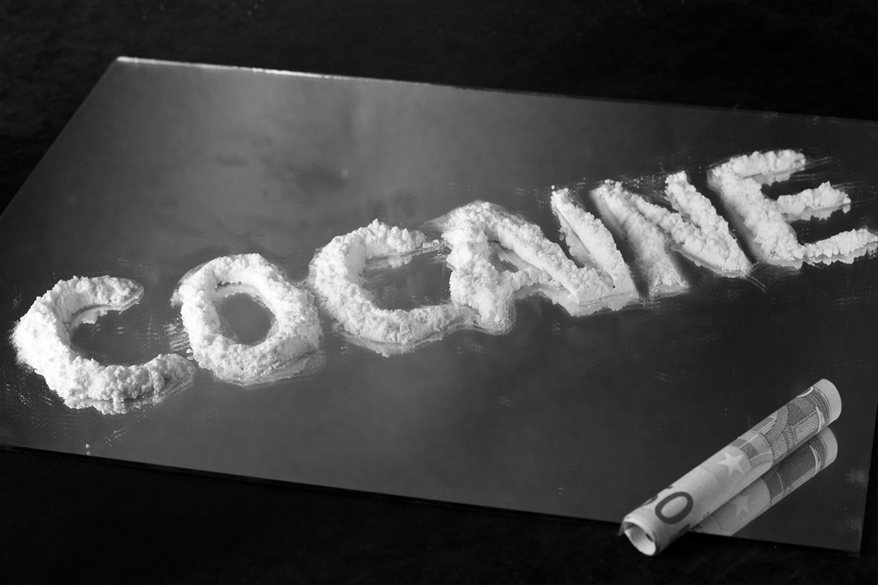Long term effects of cocaine on the heart assessed by cardiovascular magnetic resonance at 3T
29 de abril de 20143min3


Journal of Cardiovascular Magnetic Resonance 2014, 16:26
doi:10.1186/1532-429X-16-26
Alicia M Maceira (amaceira@eresa.com)
Carmen Ripoll (cripoll@comv.es)
Juan Cosin-Sales (jcosinsales@gmail.com)
Begoña Igual (bigual@eresa.com)
Mirella Gavilán (mgavilan@eresa.com)
Jose Salazar (josesalazarfraile@gmail.com)
Vicente Belloch (vbelloch@eresa.com)
Dudley J Pennell (d.pennell@ic.ac.uk)
Article URL http://www.jcmr-online.com/content/16/1/26
Cocaine is a highly addictive sympathomimetic drug with potentially lethal effects [1,2]. The annual prevalence of cocaine use is 0.3% to 0.5% of the world population aged 15-64 [3], corresponding to roughly 18 million people. Standardised mortality ratios suggest that mortality is 4-8 times higher among cocaine users than age and gender peers in the general population [4]. Cocaine cardiotoxicity appears multifactorial through several mechanisms involving the development of ischemia and infarction [5], ventricular hypertrophy [6], systolic dysfunction[7], arrhythmias [8], endocarditis [9], and aortic pathology [10]. Cocaine is usually consumed along with other substances, mainly ethanol and tobacco, which can exacer bate the deleterious effects of cocaine [11]


